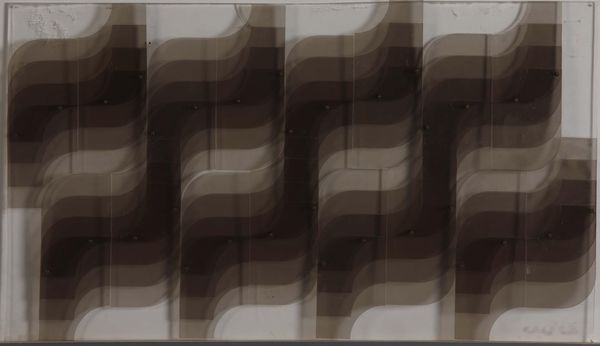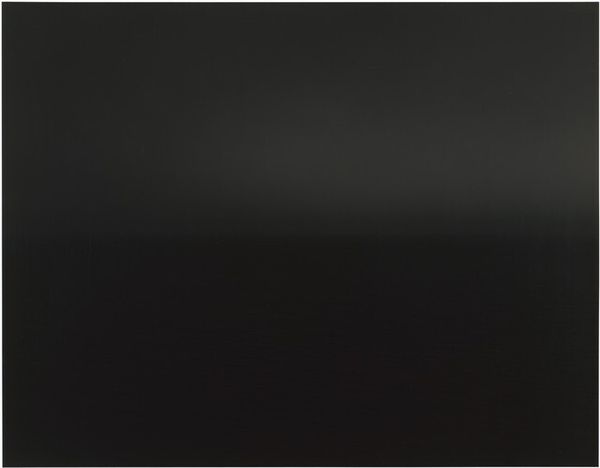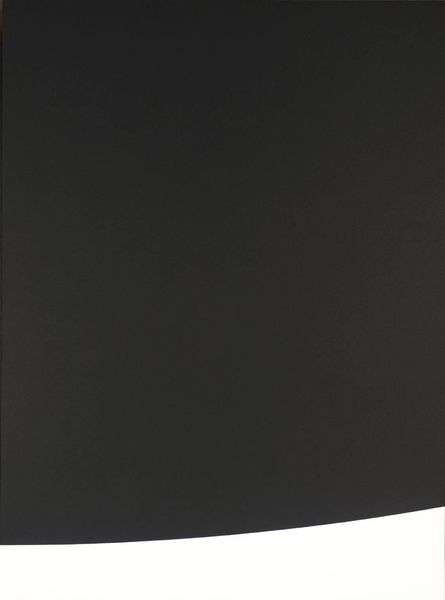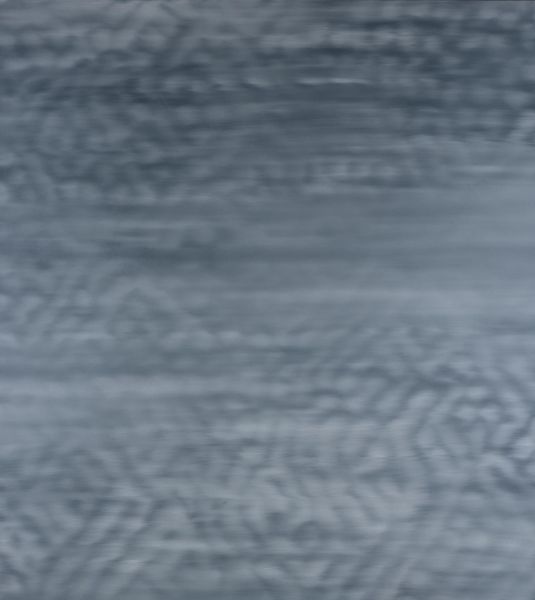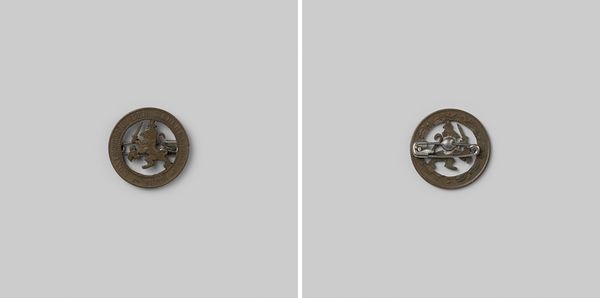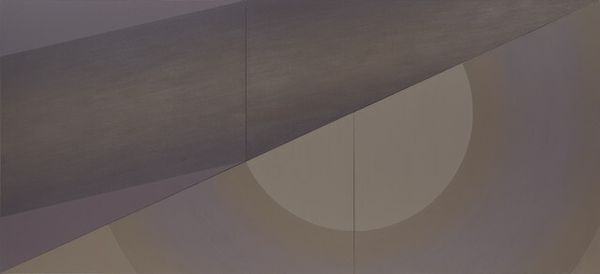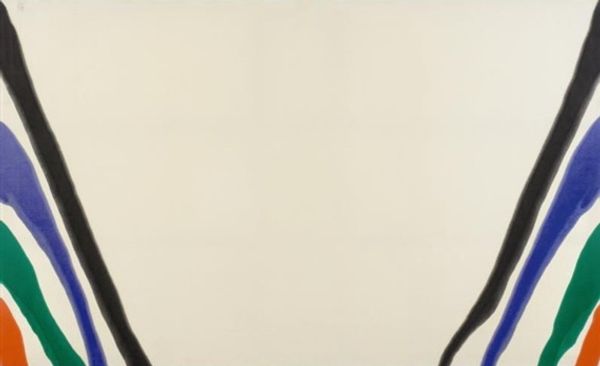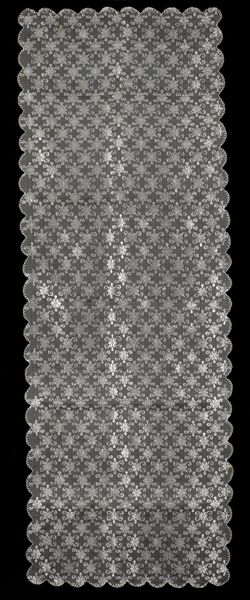
metal, relief, bronze, sculpture
#
metal
#
textured surface
#
textured
#
relief
#
bronze
#
form
#
geometric
#
ancient-mediterranean
#
sculpture
#
coin
Dimensions: Diam. 1.5 cm; 2.00 g
Copyright: Public Domain
Editor: This is a Judean bronze coin from around 135 to 139, housed here at the Art Institute of Chicago. One side has some sort of relief, maybe two horns of plenty? It feels almost worn smooth by time. What can you tell me about this object? Curator: The cornucopia are indeed central. Notice there are two, joined together, a 'double cornucopia'. What does that signify to you, given what you know about coins and their purpose? Editor: Well, coins were a way to show power and wealth, so double the horns of plenty must mean double the abundance and prosperity? Curator: Precisely. But let's dig deeper. Consider the period - this coin emerges during the Bar Kokhba revolt. The symbol of the double cornucopia isn't merely about prosperity; it's a potent visual claim. What would that claim be? Editor: That even during revolt and war, there will be abundance and fruitfulness? A promise or perhaps even propaganda? Curator: Exactly. These images carry deep psychological weight, especially during tumultuous times. They're a way of visually encoding cultural memory and projecting hope into the future, in direct defiance of their circumstances. Consider, too, the implied geography – this wasn't a generalized symbol of prosperity, but one specifically tied to the land. Editor: It's fascinating to consider that something so small and seemingly simple could carry so much weight. Thank you! Curator: And thank you. Seeing the continuity of cultural symbols across millennia always enriches our understanding.
Comments
No comments
Be the first to comment and join the conversation on the ultimate creative platform.

